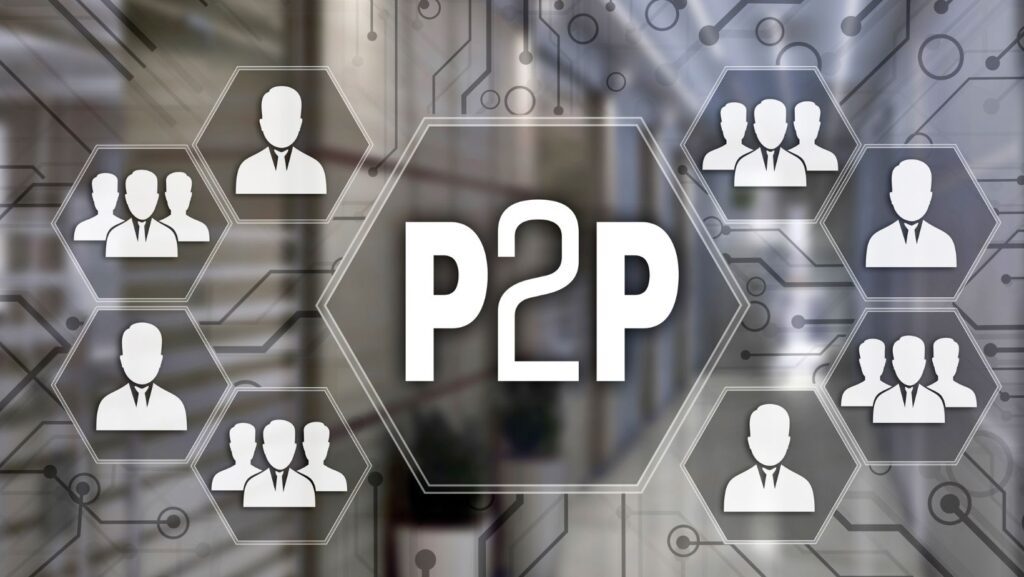Introduction
Traditional banking methods can be restrictive and time-consuming for those seeking financing. Fortunately, alternative lending models have emerged, offering a range of flexible and innovative options. In this article, we will explore peer-to-peer, crowdfunding, and other alternative lending models, shedding light on their benefits, practical tips, and future prospects.
Peer-to-Peer Lending
Peer-to-peer (P2P) lending platforms connect borrowers directly with investors. Here are some key features of P2P lending:
- Borrowers: Individuals and businesses can access funds for various purposes, such as debt consolidation, home improvements, and small business financing.
- Investors: Individuals can invest their money in loans to earn interest returns.
- How it Works: Platforms facilitate the matching of borrowers with investors based on risk profiles and interest rates.
Crowdfunding
Crowdfunding platforms allow individuals or organizations to raise funds from a large number of people, usually through small contributions.
- Types: Reward-based crowdfunding, equity crowdfunding, and debt crowdfunding.
- How it Works: Projects are presented on crowdfunding platforms and individuals can donate or invest in exchange for rewards or equity in the project.
Other Alternative Lending Models
Beyond P2P and crowdfunding, other alternative lending models include:
- Online Marketplaces: These platforms bring together borrowers and lenders for various loan products, including personal loans, business loans, and student loans.
- Invoice Factoring: This model allows businesses to sell their unpaid invoices to a factoring company for immediate cash.
- Merchant Cash Advance: Businesses can borrow against their future credit card sales.
Benefits of Alternative Lending
- Flexible and Accessible: Alternative lending models offer greater flexibility and accessibility than traditional banks.
- Faster Approval: Platforms can process loan applications more quickly than banks.
- Lower Costs: Lenders often offer lower interest rates and fees compared to banks.
- Diverse Investment Opportunities: Alternative lending platforms provide investors with a wider range of investment opportunities.
Practical Tips for Using Alternative Lending
- Research: Explore multiple platforms and compare their terms, rates, and features.
- Have a Solid Business Plan: For business loans, prepare a detailed business plan to present to lenders.
- Maintain a Good Credit Score: Creditworthiness plays a significant role in determining loan eligibility and interest rates.
- Consider Loan Alternatives: Explore non-loan options such as government grants or equity financing.
The Future of Alternative Lending
The alternative lending market is expected to continue growing significantly. Key trends include:
- Technological Advancements: Continued advancements in technology will streamline and automate the lending process.
- Increased Accessibility: Alternative lending platforms are becoming more accessible to borrowers and investors globally.
- Regulatory Evolution: Governments are working to regulate alternative lending to ensure consumer protection and market stability.
Conclusion
Alternative lending models have revolutionized the way financing is accessed and provided. From P2P lending to crowdfunding and beyond, these models offer flexible, accessible, and cost-effective options. As the market continues to evolve, it is expected to play a major role in democratizing finance and providing a wider range of financing options for individuals and businesses alike. By understanding the different alternative lending models and their benefits, you can make informed financial decisions and take advantage of the opportunities they offer.



